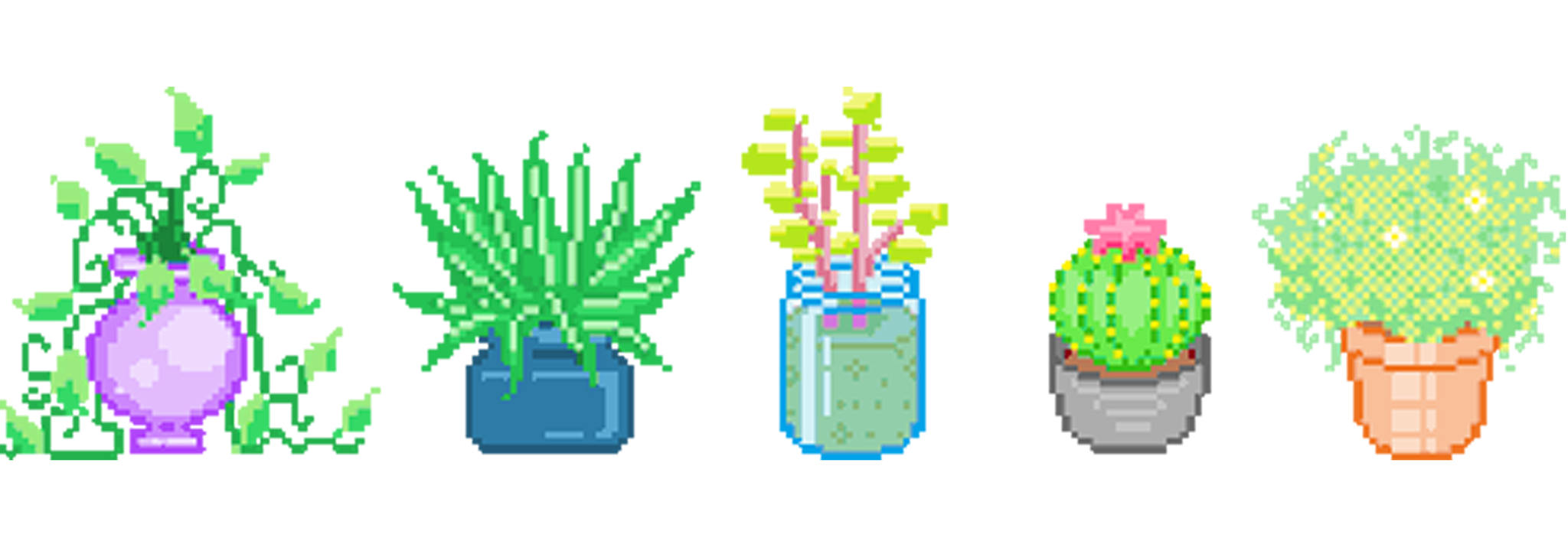this post was submitted on 16 Jul 2023
45 points (97.9% liked)
Houseplants
4605 readers
31 users here now
Welcome to /c/houseplants @ Mander.xyz!
In between life, we garden.

About
We're a warm and informative space for plant enthusiasts to connect, learn, and flourish together. Dive into discussions on care, propagation, and styling, while embracing eco-friendly practices. Join us in nurturing growth and finding serenity through the extraordinary world of houseplants.
Need an ID on your green friends? Check out: [email protected]
Get involved in Citizen Science: Add your photo here to help build a database of plants across the entire planet. This database is used by non-profits, academia, and the sciences to promote biodiversity, learning and rewilding.
Rules
- Don't throw mud. Be kind and remember the human.
- Keep it rooted (on topic).
- No spam.

Resources
Recommendations
Health
Identification
- PlantNet.org (see also: [email protected])
- Seek from iNaturalist
Light Information
- GrowLightMeter
- PlantLightDB
- HouseplantJournal (Scroll down.)
Databases
- Catalogue of Life
- Perenual.com
- The Garden.org Plants Database
- Useful Tropical Plants (Interactive Database Version)
- WorldFloraOnline
- USA-NPN
- Tom Clothier's Garden Walk and Talk
- Plants for a Future
- USDA Datasets
- Permapeople.org
- Temperature Climate Permaculture: Plant Index
- Natural Capital Plant Database
- Colorado Plant Database
- SEINet
- North American Ethnobotany Database
- BCSS Field No. Lookup (collection site IDs for cacti and succulents)
- U Michigan Native Plant Database for Michigan by Region
FOSS Tools
- Common House Plants API
- HappyPlants (Monitoring App)
- PlantGeek (Care Info App)
Similar Communities
DM us to add yours! :)
General
Gardening
- [email protected]
- [email protected]
- [email protected]
- [email protected]
- [email protected]
- [email protected]
- [email protected]
Species
Regional
Science
Sister Communities
Science and Research
Biology and Life Sciences
Plants & Gardening
Physical Sciences
Humanities and Social Sciences
Memes

founded 2 years ago
MODERATORS
you are viewing a single comment's thread
view the rest of the comments
view the rest of the comments

@[email protected] I can't seem to reply to you.
I received the bare cutting in April as two forked stem, each with one leaf. I placed it into water until there were 2 roots about 3 inches long. I then moved it from water to potting mix about 6 weeks ago, maybe more. Initially this was in a glass jar where I could continue to monitor the roots. Once I was happy with the transfer to soil, I switched from the glass jar to the current pot (which is the same size as the jar).
I can now see the beginning of a new leaf uncurling from the other stem not shown in the picture. I can also see a root through one of the drainage holes in the pot. The plant is growing, but the wrinkly leaf is concerning.
To me the soil does not seem overly dry, it isn't receding from edge of the pot and there is a little moisture below the surface. It is not dry enough, or for long enough, that I would expect the plant to react, however I don't know how needy the plant is. Perhaps they are thirstier than I thought?
If I wait longer before watering, will the plant be damaged by this or do they recover? As a relatively new cutting to soil, I am wary about how resilient the plant is.
Your transition to soil rooting sounds careful and is a good method. I agree the wrinkly leaf is slightly concerning, but the new unfurling leaf is a good sign.
Variegated varieties require more light than their non -variegated counter parts. More light requires more water but I would always err on the side of caution because bouncing back from under watering is much easier than recovering from root rot for overwatering. You might consider raising the humidity instead of opting into more water in the soil and you can use a pebble tray under the pot filled with water instead of buying a humidifier. Make sure the bottom of the pot is above the water line in the pebbles.
It’s inevitable that this plant will lose it’s oldest leaves as it makes new, but also consider the possibility of pests and carefully inspect all the leaves for signs.